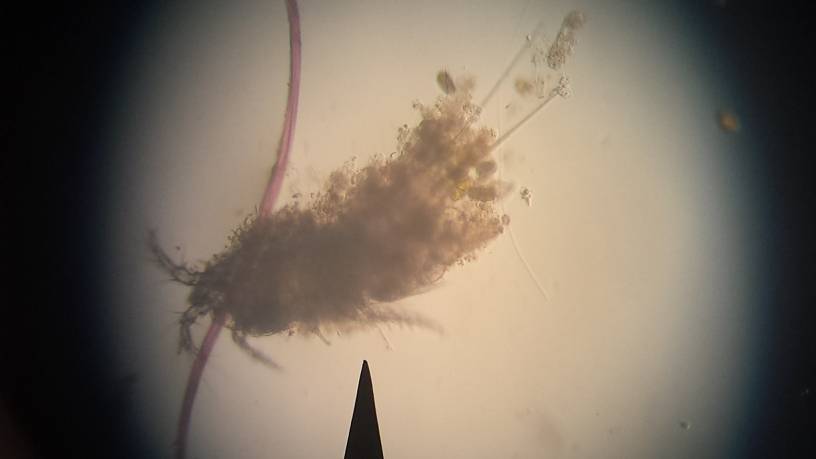- Joined
- Mar 30, 2018
- Messages
- 871
- Reaction score
- 723
I would probably kill dinos, but barring any accidents with fish or other sessile inverts, it will sterilize that sand area and the first organism to move into the new clean real estate will be ... pause for drum roll, ... Dinoflagellates.Since all of the dinos seem to be isolated to the sand surface during the day, do you think rigging up a cheap UV sterilizer like this with some Al foil on the outside as a deflector and running it back and forth over your sand would have a decent effect?
https://www.amazon.com/Sarora-Subme...ht&qid=1556637092&s=pet-supplies&sr=1-28&th=1



















